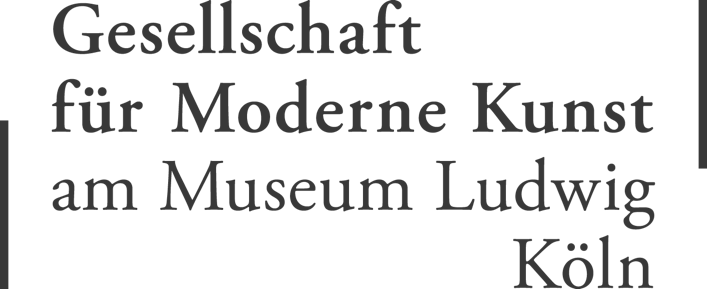Perlensucher
Charlotte Posenenske - Ohne Titel (Rasterbild), 1957 / Ohne Titel (Spritzbild), 1965
2013
Charlotte Posenenske (1930–1985) studied at the Academy of Art in Stuttgart under Willi Baumeister and later worked until 1955 as a stage and costume designer. Her experiences in the theatre, as well as her great interest in (stage) architecture, strongly influenced her work as an artist. Further influences include the strict geometric forms and industrial materials of American Minimal Art. It was her intention that her sculptures should be perceived ‘less and less as works of art’. In 1986, she turned her back on art. From then on, she studied sociology and dedicated herself to numerous social projects.
Charlotte Posenenske’s work was rediscovered in 2007 as a result of her posthumous participation in the documenta 12. Today, her works can be found in numerous highly acclaimed collections, such as those of the Museum of Modern Art in New York, the Tate Modern in London, and the Centre Pompidou in Paris.


Untitled (Raster Picture), 1957
Before Charlotte Posenenske dedicated herself to sculpture in the mid-sixties, she created predominantly works on paper. Her so-called ‘Raster Pictures’ represent an important link between her early painterly oeuvre and the later three-dimensional works. Untitled (Raster Picture) from 1957 is a vertical format measuring 40.5 × 30.5 cm. Here, 161 circles have been carefully drawn within a schematic raster, whereby one half of each circle is filled with matt black poster paint. The initially striking topos of seriality is broken by the imperfection and disparity of the painting.
Untitled (Sprayed Picture), 1965
In the much later work Untitled (Sprayed Picture) from 1965, the black paint has been applied onto hardboard with the help of a spray gun. The use of the spray gun demonstrates Charlotte Posenenske’s penchant for experimentation. At the same time, it also signalizes the artist’s increasing distance to her working material. As a representative of Minimal Art, her aesthetics are derived less from a spontaneous, gestural expression than from a working method appropriated from industry, which provides room for interpretation on the part of the viewer. The artist’s tendency toward reduction is summarised in the maxim ‘less is more’.
